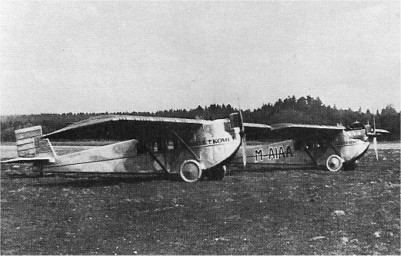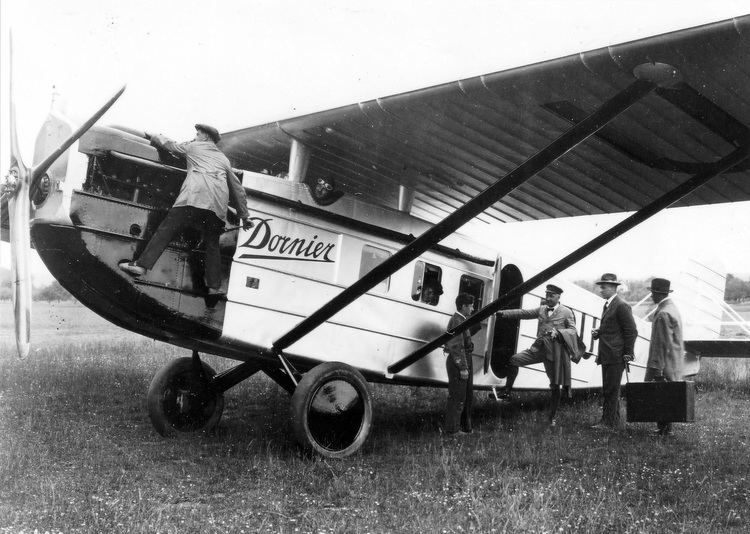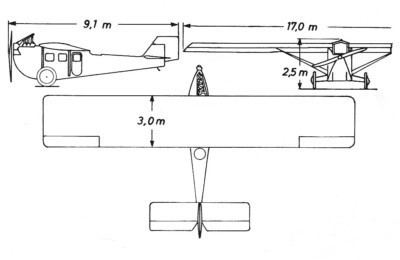Top speed 200 km/h Length 12 m | Wingspan 20 m | |
 | ||
Dornier komet ii cosada
The Dornier Komet ("Comet"), Merkur ("Mercury"), Do C, Do D, and Do T were a family of aircraft manufactured in Germany during the 1920s, originally as small airliners, but which saw military use as well. The earliest aircraft in the series were basically landplane versions of the Delphin flying boat, and although the Delphin and Komet/Merkur series diverged from each other, design changes and refinements from one family were often incorporated into the other.
Contents
- Dornier komet ii cosada
- Dornier komet bucaramanga 1924
- Design and development
- Variants
- Civil operators
- Military operators
- Specifications Merkur II
- References

Dornier komet bucaramanga 1924
Design and development

The first Komets (Do C III Komet I) utilised the wing, tail, and even upper fuselage of the early Delphin versions, but replaced the lower fuselage and sponsons with a simple sheet-metal bottom that incorporated fixed tailskid undercarriage. The engine installation was also relocated from its peculiar position above the Delphin's nose to a conventional location in the Komet's fuselage nose. Accommodation was provided for a single pilot and four passengers. An improved version, the Do Komet II, was first flown on 9 October 1922 and was widely exported to countries including Colombia, Spain, Switzerland, and the Soviet Union.

The Do Komet III of 1924 was a practically all-new design that shared many elements with the Delphin III. The cabin was expanded to seat another two passengers, and the wing was raised above the fuselage on short struts. This version was exported to Denmark and Sweden, but was also produced under licence in Japan by Kawasaki.

In 1925, the Komet III was replaced in production by the Do B Merkur I, which featured a revised fin and longer-span wings. When fitted with the BMW VI engine, it became known as the Do B Bal Merkur II, as did indeed any Komets thus re-engined. The type was widely used by Deutsche Luft Hansa, which had some 30 Merkurs operating at one time, and was also exported to Brazil, China, Colombia, Japan, and Switzerland.
The Do C and Do D were follow-on military designs, the former a trainer exported to Chile and Colombia, the latter a floatplane torpedo-bomber built for the Yugoslav Royal Navy. The designation Do T was used for a landplane ambulance version.
Variants
Civil operators
Military operators
Specifications (Merkur II)
Data from European Transport Aircraft since 1910
General characteristics
Performance
